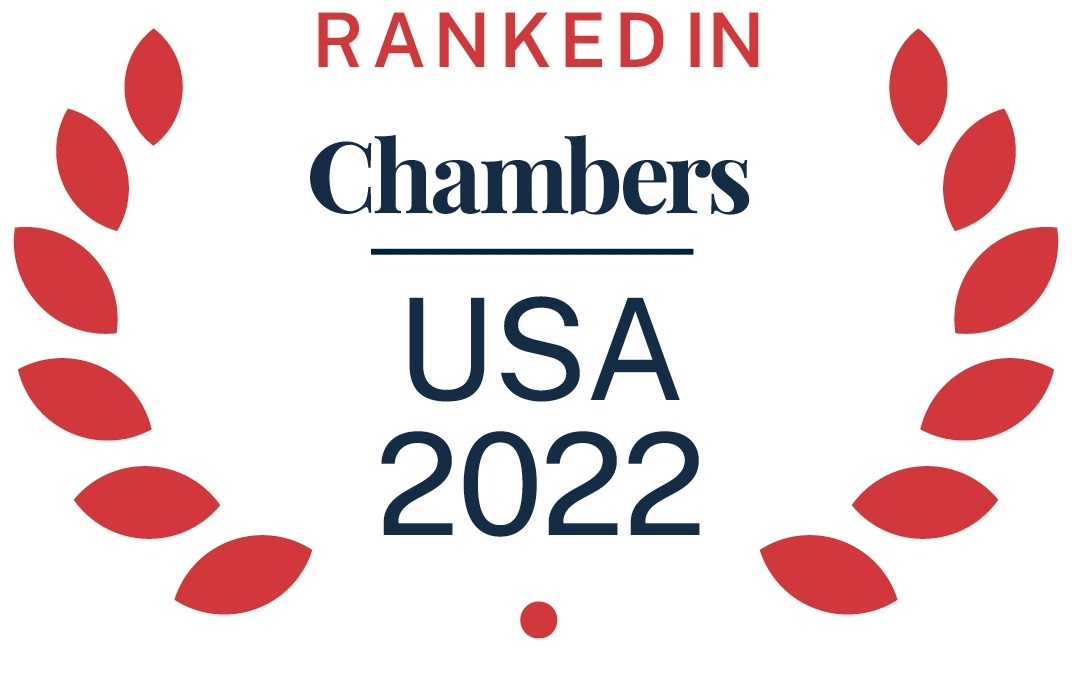Many alcohol beverage industry clients are faced with lawsuits attacking product labels. These lawsuits can be frustrating for clients, particularly when the labels at issue were previously approved by the Alcohol and Tobacco Tax and Trade Bureau (TTB). But approval by the TTB does not insulate a company from a lawsuit under various state consumer protection and unfair trade practices statutes.
Try as companies may, even products that purport to conform with US regulations can still be characterized as “misleading” and “deceptive” by crafty and ambitious plaintiffs’ lawyers across the United States. Making matters worse, these lawsuits are typically styled as putative class actions, meaning the cases are brought by one or two alleged purchasers of the product, suing the company on behalf of all US purchasers of any allegedly deceptive product produced by the company, which makes both the defense of these suits as well as the potential damages quite costly.
An entire cottage industry of plaintiffs’ lawyers in the US focuses on just these types of putative class actions targeting the food, alcohol, beverage and packaged goods industries. Indeed, they file hundreds to thousands of new cases each year. So, what should a company do when facing allegations that a product label is deceptive or misleading?
In this post, we answer that question and provide an overview of the typical process in one of these cases. We also offer some practical tips to best protect your company if you are facing a threat of a lawsuit or if a class action lawsuit is filed against you.
BEFORE THE LAWSUIT IS FILED: PRE-SUIT DEMANDS
Many plaintiffs’ lawyers focused on suing alcohol industry clients send pre-suit demand letters, or letters asking for label changes and lofty payments in exchange for the plaintiff’s lawyer not filing a lawsuit. While one primary purpose of the pre-suit demand letters is to attempt to extort or extract a settlement from a company, there is another common purpose to these pre-suit demands. Many state statutes either require pre-suit notice or otherwise increase the types of recovery a plaintiff can pursue in a lawsuit if the pre-suit notice is served, such as in California.
If you receive a pre-suit notice demanding changes to your product label and/or payment of money, you should immediately engage a lawyer to step in and represent you. Additionally, a pre-suit notice often includes a demand to preserve documentation and evidence related to the allegations in the demand letter. If such documentation is not preserved, that can create significant issues for companies in a lawsuit.
The pre-suit notice period also offers an opportunity to persuade the plaintiff’s lawyer that there is no good faith or valid cause of action based on the allegations in their letter. To the extent those efforts are successful, you may avoid a lawsuit altogether. To the extent there is disagreement about the validity of the allegations, the notice period allows time to negotiate a pre-suit resolution on an individual basis which can be much cheaper than defending [...]
Continue Reading
read more

 Subscribe
Subscribe

